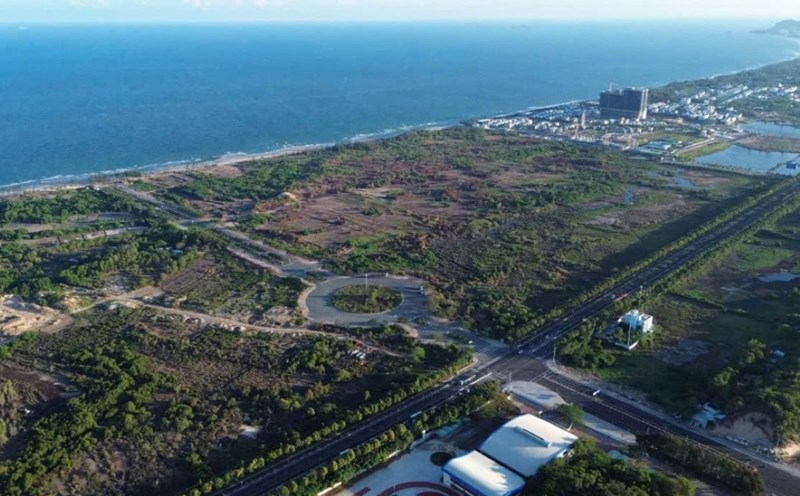On May 15, in Hanoi, Vietnam Real Estate Electronic Magazine in collaboration with the Vietnam Institute for Real Estate Research organized a workshop on "Real Estate Investment Prospects in Urban Areas in the Capital Region".
Dr. Nguyen Van Khoi - Chairman of the Vietnam Real Estate Association (VNREA) - commented that the urban real estate market in the capital region is facing bright prospects.
Currently, the trend of urban real estate development in the capital region is very diverse and in a sustainable and modern direction.
First of all, residential real estate continues to be a key demand for many segments. The Capital Region is focusing on developing commercial housing projects, social housing and new urban areas to meet the needs of tens of thousands of people.
Many large-scale integrated urban areas have been and are being implemented. These projects not only provide housing, but also fully integrate commercial, educational, medical, entertainment services... towards a convenient and smart "small city" model.
Along with housing, industrial real estate and logistics in the capital region also have strong prospects for a breakthrough.
The demand for factory premises, warehouses, and logistics is expected to increase as foreign investment continues to flow in, especially in the context of Vietnam's extensive participation in the global supply chain.
The Chairman of VNREA believes that urban real estate in the Capital region will make a strong breakthrough in the coming time.

At the workshop, Dr. Can Van Luc - Member of the Prime Minister's Policy Advisory Council - said that before the merger, the capital region had about 10 provinces and cities. The economic growth rate is quite positive. In the first quarter of 2025, the capital region will have a growth rate of more than 9.4%.
According to Resolution 60/NQ-TW dated April 12, 2025, after the merger, the Capital Region is expected to include 7 provinces and cities. "If the capital region can create good growth poles, the country will also have more growth momentum" - Mr. Luc said.
Associate Professor, Dr. Tran Dinh Thien - Member of the Prime Minister's Policy Advisory Council - said that the Capital region is not actually a new concept, however, the way of looking, approaching and expecting to place this special geographical space is changing in depth and breadth, reflecting a new context, new thinking and even turning-point challenges.
According to Mr. Thien, the Capital region is now being reshaped as a strategic growth space for the country, a truly dynamic area, capable of creating momentum for breakthroughs in the new era.
When the country established a new position in the global value chain, the Capital region also shifted its role, from a satellite of Hanoi to a regional development pole in a modern socio-economic structure.
This is a manifestation of a turning point, from an economy based on resources, cheap labor to a creative economy, high technology. From breadth development to depth development. From growth to high-quality growth.











